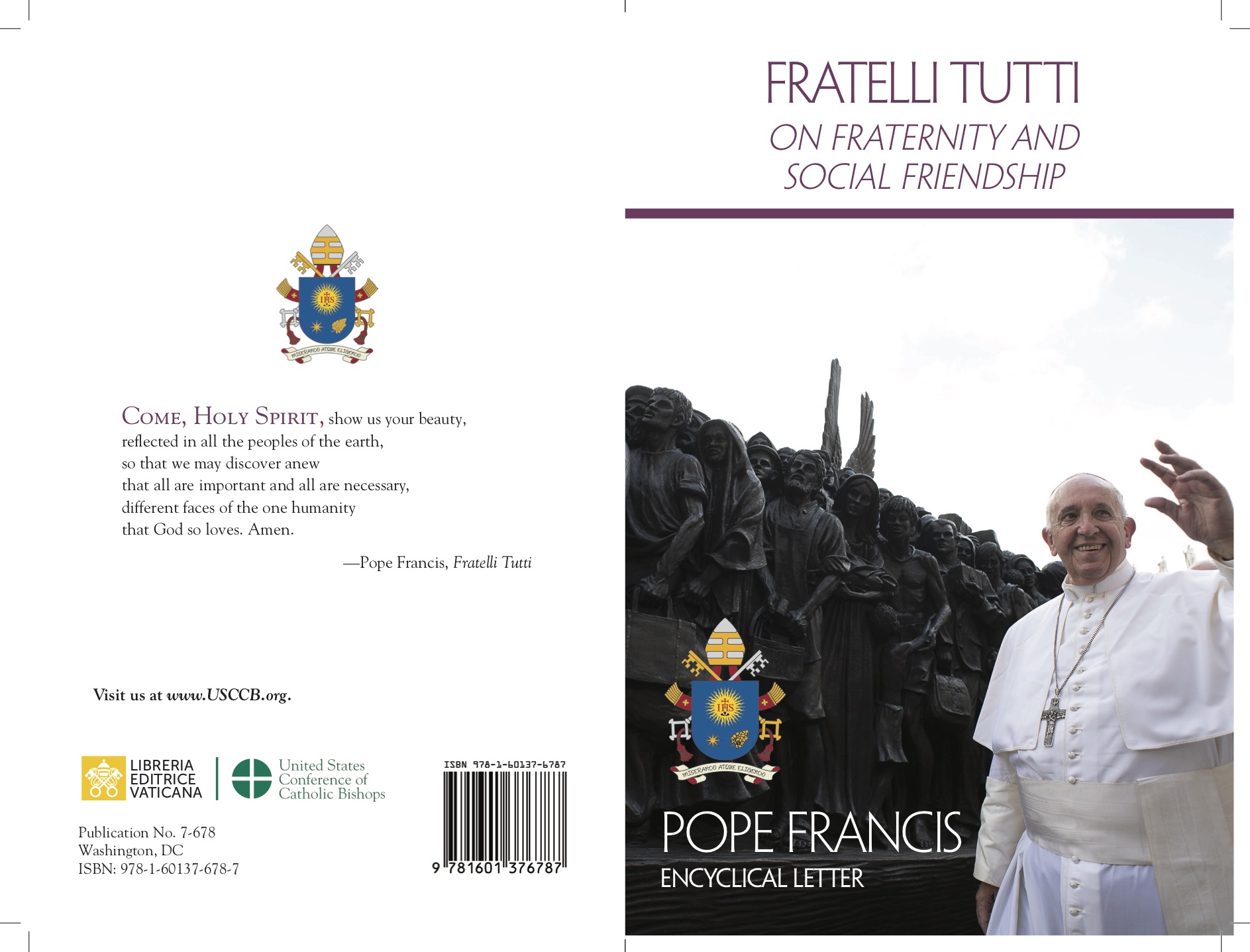
In some of the traditional parts of Italy and certainly in other places too, widows dress in black even long after the death of their husbands, frequenting their parish churches and prayerfully supporting their communities. Someone even suggested that widows, mentioned for example in the Acts of the Apostles, formed the first “religious community”. The Gospel today presents a stark contrast between the figure of the widow and that of another person notable at the time of Jesus, namely the scribe. Strangely, widows are not mentioned in Matthew, except in one disputed verse and only twice in Mark, both in today’s Gospel. They feature several times, however, in the Gospel of Luke.
Scribe and widow, what do they mean? The first represents the self-satisfaction of the person professionally formed, well-educated, secure of his status, who might have a tendency to look down on others and to expect an exaggerated deference. The widow is the person who, in the society in which Jesus lived, has lost her primary means of support and is therefore vulnerable, maybe needy and dependent.
Perhaps we can read this Gospel as a parable of the just relationship of the human person before greatness of God. The widow takes her place in a line of symbolic figures, especially in Luke’s Gospel, old women, virgins, foreigners, lepers, publicans, prostitutes, all of whom share the quality of being on the fringes, lacking real power and respect, and therefore standing for need and humble openness. And is this not where we all stand before the holiness of God? Realising our need, we are open to grace. The scribe on the other hand has found his satisfaction in his status in this world. Not feeling the need, the doors of the open heart are closed. We are not, of course, talking at a literal level: there are certainly wicked widows and holy scribes. We are instead trying to read where we are and where we might be in the light of symbolic figures.
When Jesus comments at the end of the reading on the widow’s two copper coins, he is drawing a contrast between “some” and “all”. “Some” may be much and “all” may be little. But the large sums of the rich people are less significant than the paltry her whole living of the widow. Is the Lord inviting us not to be swayed primarily by quantity? It is quality that counts: this could be a salutary message in a world dominated by money.
By Fr Edmund Power, osb













 Purchase the Encyclical here Fratelli Tutti
Purchase the Encyclical here Fratelli Tutti
